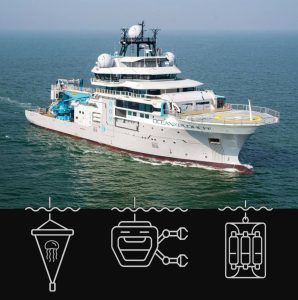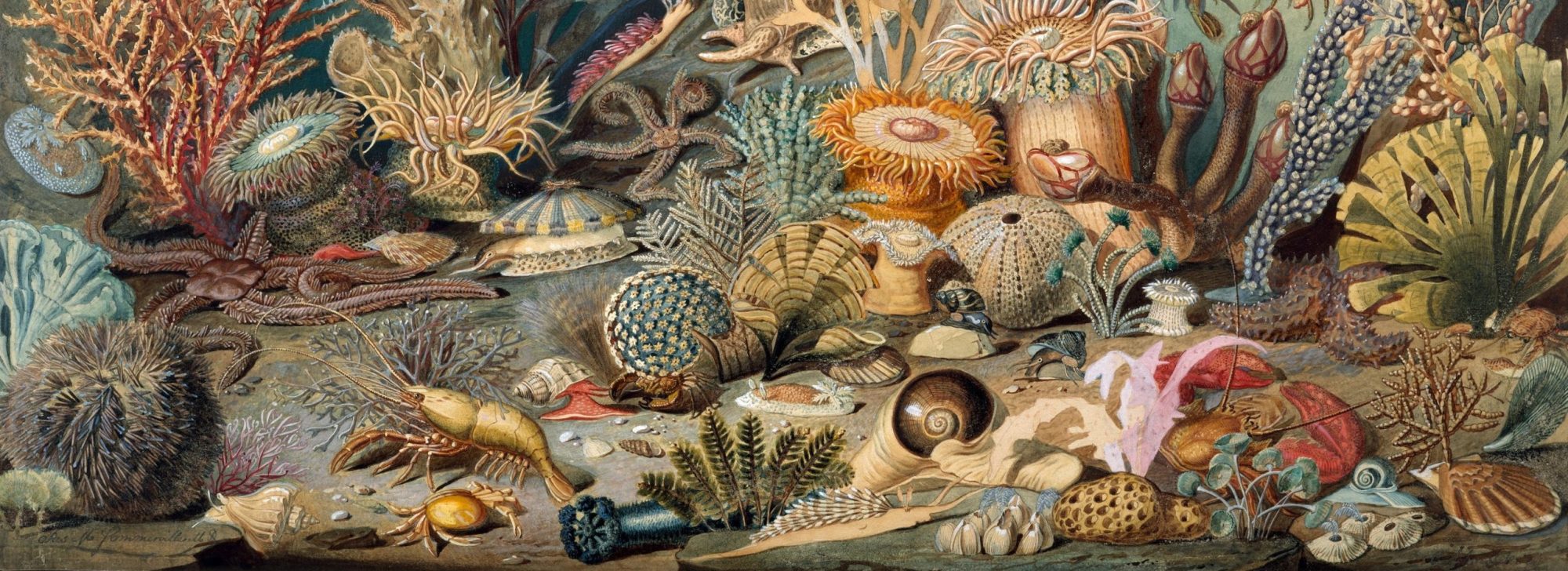
In August 2023, we participated on a research cruise with OceanX. We visited six stations in the Norwegian Sea, Sognesjøen, Sognefjorden and Masfjorden, thereby covering water masses of both Atlantic and Arctic origin, as well as coastal water and fjords. At each of the six stations visited, we filmed a vertical transect with an ROV as well as collected a physical net sample and eDNA samples. But how do these different sampling methods compare, and how can they be combined to provide a more comprehensive picture of the diversity of gelatinous zooplankton in the different watermasses? Help us find out!
This MSc project includes:
• Learning techniques at the DNA lab (DNA barcoding and -pending funding- eDNA)
• Analysing molecular data
• Annotating and analysing pelagic ROV video transects
• Analysing CTD data for watermass composition
• Joining activities for outreach and science popularization
• Presenting in academic events and potentially being part of a peer-reviewed publication
Interested? Contact Aino Hosia, Luis Martell, or Joan J Soto Angel.
